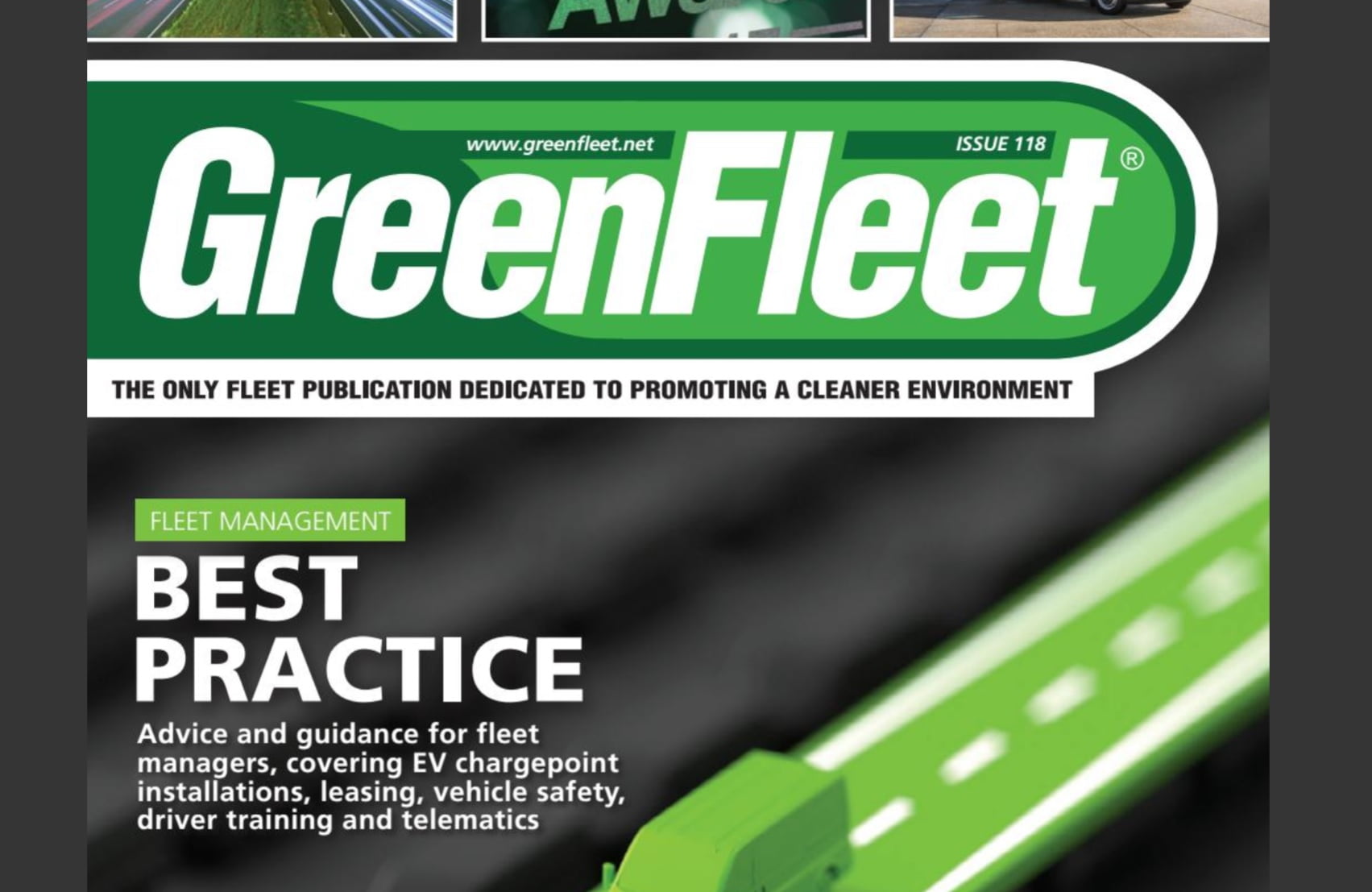
Help for fleet decision-makers in answering their key questions and concerns over the adoption of electric vehicles
With focus intensifying, both from the government and industry at large, on the desire to move towards zero-emission transport solutions, electric power has established itself as ‘the future’, but we are still very much in the early stages of transition to a world in which electric vehicles offer a complete solution for personal transportation. With business fleets responsible for purchasing over half of all new cars in the UK, there is immense pressure on businesses to be at the forefront of adoption of EVs, in order to set a direction for the development of infrastructure, and to help drive forward the technological advancements and production volumes that will make the technology more widely understood as well as affordable.
The latest issue of GreenFleet magazine examines the questions that businesses currently face in relation to such issues as vehicle choice, charging points, associated financial costs and the implications for drivers, and created a best practice guide for anyone involved in this transitional phase of fleet management.
To accompany the guide, Tony Greenidge was invited to take part in a panel of industry experts, offering insight and commentary on some of the key concerns that fleet decision makers currently have on their minds, including the frequently forgotten issues of driver skills and behaviour and the influence they can have on the successful introduction and integration of EVs into a modern business fleet:
“There are various kinds of regenerative braking systems fitted to EVs and hybrids, meaning that drivers will need to develop an understanding of the particular system fitted to their vehicle in order to use it to best effect. Eco-driving training can make a huge difference to drivers’ ability to do this, by giving them expert insight into the operation of their vehicle’s battery optimisation systems, combined with coaching in long-established efficient driving techniques…In preparation for the recent MPG Marathon, IAM RoadSmart offered an eco-driving course to a first-time competitor who went on to take part in the event in the latest Hyundai Kona EV. This car has a claimed range of 300 miles. By applying eco-driving techniques, the driver covered 337 miles on just 89% of one full battery charge, representing a theoretical range improvement of 26% over the manufacturer’s own estimate. It is also important to point out that applying these techniques does not involve driving slowly, but involves using observation skills to allow for longer stopping distances and reducing harsh acceleration and braking”.

Read the full article in Issue 118 of GreenFleet magazine.



